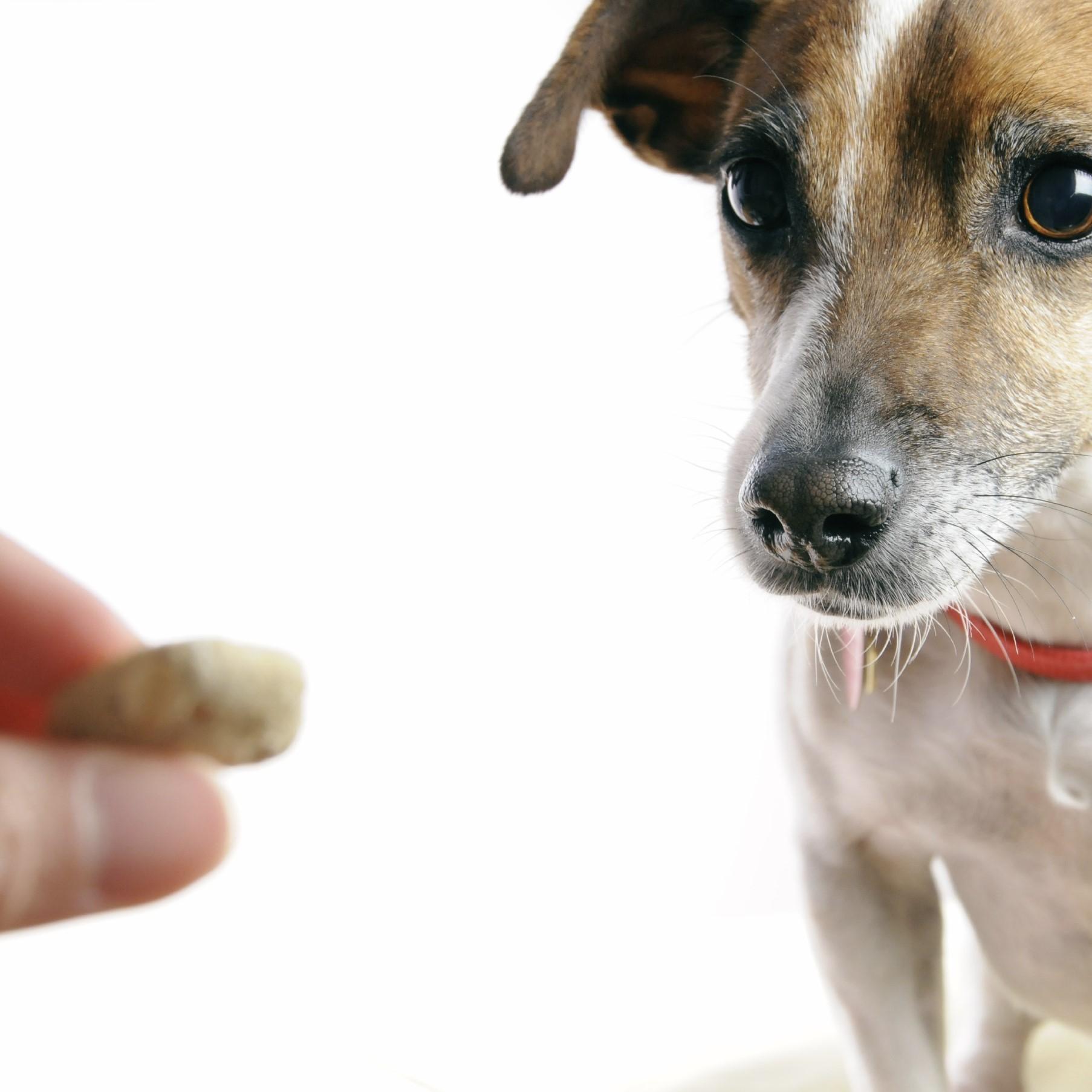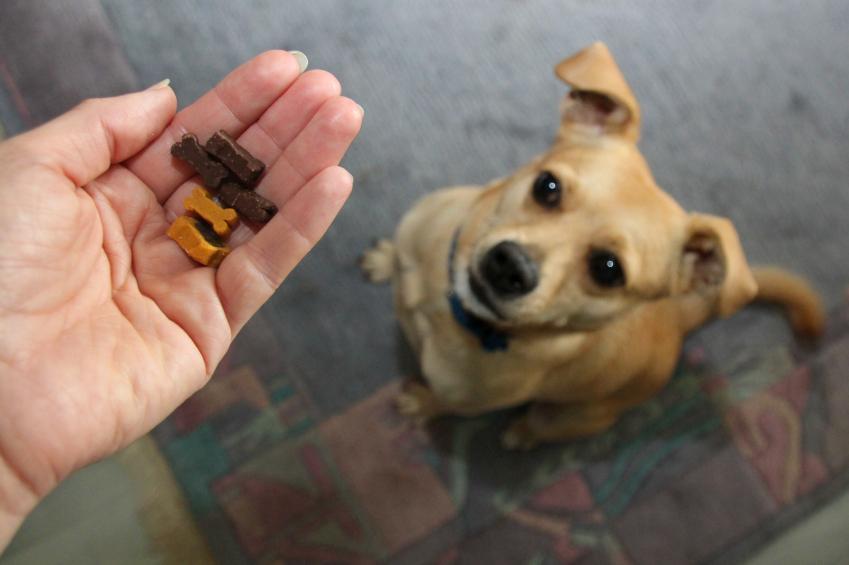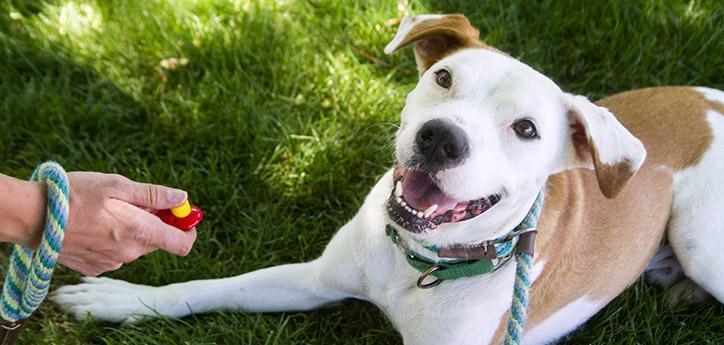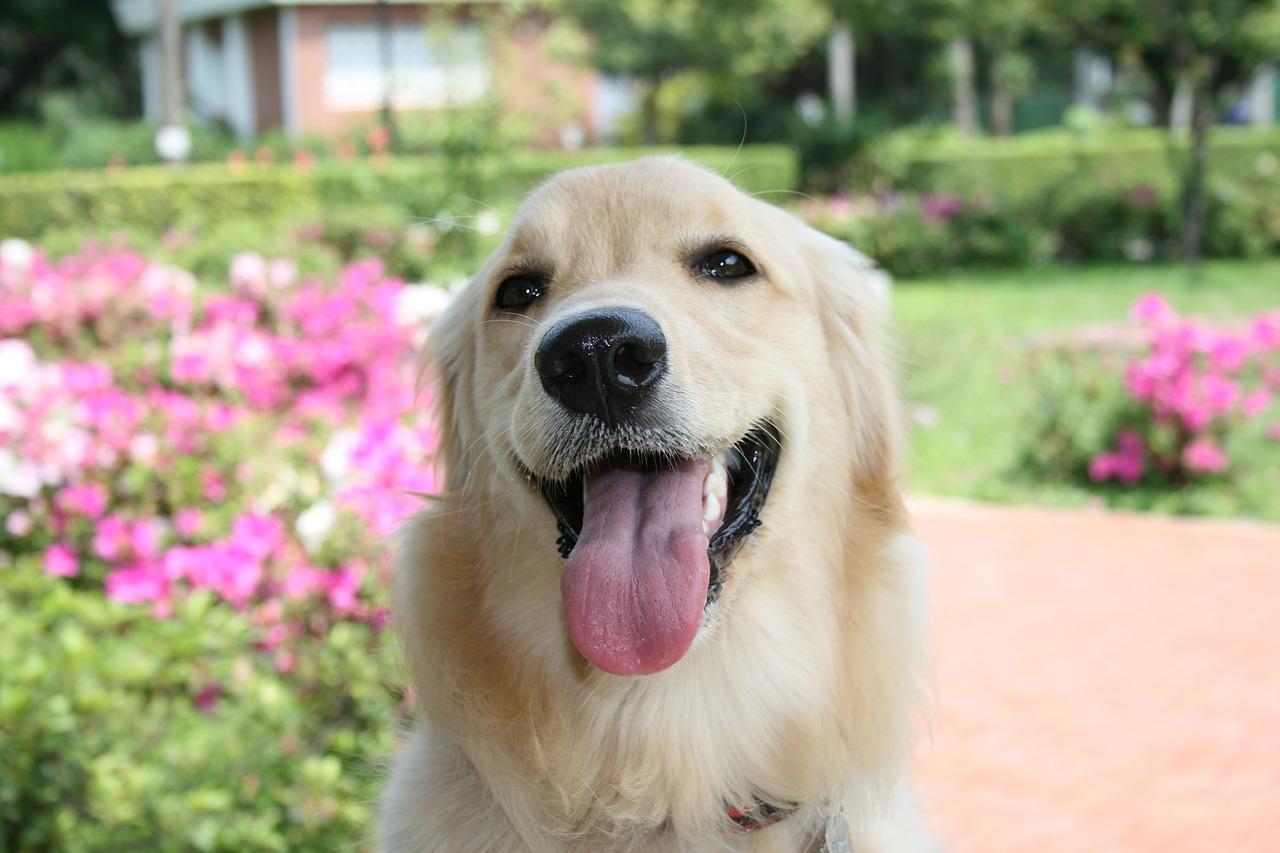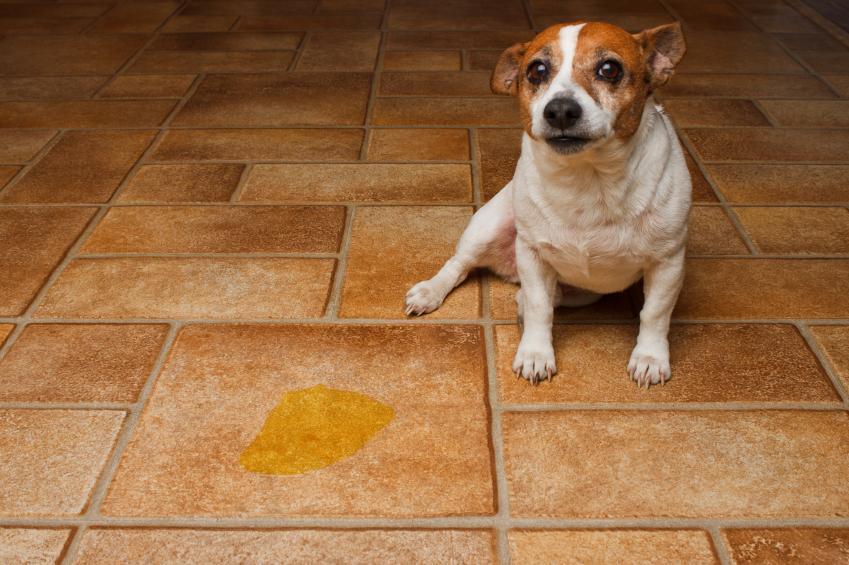Positive Reinforcement in Dogs

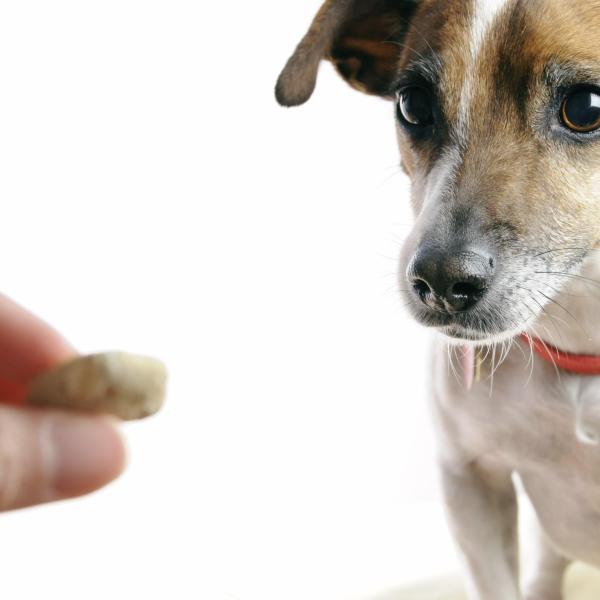

See files for Dogs
Many people scour the web for ways to solve problems that arise when training their pets, and this is where positive reinforcement comes into play. This is a fantastic method that aids the dog's learning process. After all, you can't train dogs only when they are puppies; rather, you should continue to reinforce a dog's behavior well into its adult life.
In this method, good behavior is strengthened when it is followed by a positive reinforcer. The term "positive" means that the reinforcer is present or added immediately after the behavior. Positive reinforcers are usually things that the dog finds pleasing and that make it willing to do a particular job.
In this AnimalWised article we will talk about positive reinforcement in dogs, its effectiveness and the results it has on a dog's training process.
What is positive reinforcement?
There are many methods and techniques for dog training around the world. One option is positive reinforcement, which allows your dog to understand and think about an activity or command in a positive way.
Teaching your dog through positive reinforcement is simple: it consists of rewarding your dog with treats, strokes and loving words when it correctly carries out an order. Unlike other methods, the dog understands the whole process in a more fun way, which makes it easier to follow your instructions. Positive reinforcement can be applied to a wide range of situations: you can reward your dog when it sits down or gives you its paw, when it is calm, when it plays correctly, etc.
The most positive reinforcers in dog training are food and games. However, all dogs are different from each other, and each one has specific preferences. Therefore, we cannot say that all dogs need to be trained with a particular type of food, or that having tugs of war with the dog will work as reinforcers in each case.

Should you use the clicker for positive reinforcement?
The clicker is a tool that applies positive reinforcement: it is a small instrument that makes a noise, thus improving the dog' attention and perception. Using a clicker is a good idea if you're thinking of training your dog, since it allows you to "capture" certain behaviors that you find pleasing in your dog.

Poor training methods for dogs
Telling your dog off and punishing it is not the right way to train it, since you are subjecting it to a stressful situation. This makes it respond worse, and makes it more difficult for it to remember what it is you are trying to communicate.
You should also remember that a dog can no longer remember what it is that it has done wrong after a certain amount of time has passed, and that it acts submissively only because it knows that you are angry. It cowers and gets scared because it knows that it has done something wrong, but doesn't really understand what.
Punishment methods such as choke collars or electric shock collars are very dangerous and negative instruments for dogs. It's been proved that they can make dogs unleash their anger on innocent bystanders and also seriously harm their behavior, with a possibility that the dog will turn aggressive, apathetic or antisocial.

Benefits of positive reinforcement in dogs
Trainers, handlers, veterinarians and ethologists always recommend positive reinforcement in dog training, since it makes dogs learn in a more fun manner and it helps them remember what they have learned more effectively. In addition, positive reinforcement allows for a better relationship between pet and owner, which makes your pet feel loved and safe and become more open socially.
Positive reinforcement is the best way to train dogs for people with or without experience in dealing with dogs, since positively educating your pet makes it feel happy and respected.

Correct use of positive reinforcement
When teaching a dog to sit down, we use food to make the dog carry out the command. Once it has managed it, we reward it - this is positive reinforcement - so that it understands what it is that it has done well. Repeating and continuing to reinforce this command helps the dog to understand that it is doing well and that it is being rewarded for its skills.
Incorrect use of positive reinforcement
If you are teaching your dog a basic command, you should make sure to reward good behavior after it has been correctly carried out. If you let too much time pass between the action and the reward or, on the contrary, if you reward it too early, you won't make the dog correctly associate the command with the treat.
Training a dog takes time and patience, but the most important thing is to reward the animal at the correct moment. In our list about common mistakes you make when scolding a dog, you'll see that the first and most important error is telling it off at the wrong time. This type of attitude is damaging for the animal and makes it get confused.

If you want to read similar articles to Positive Reinforcement in Dogs, we recommend you visit our Basic education category.





